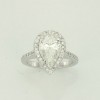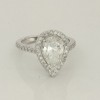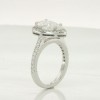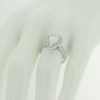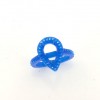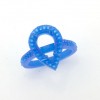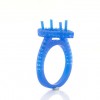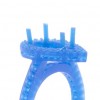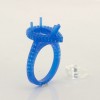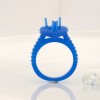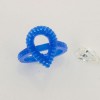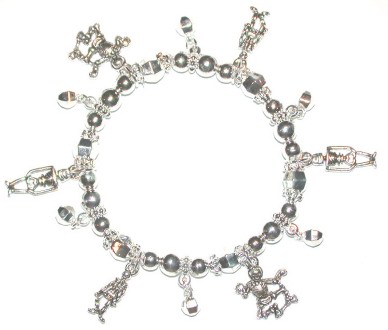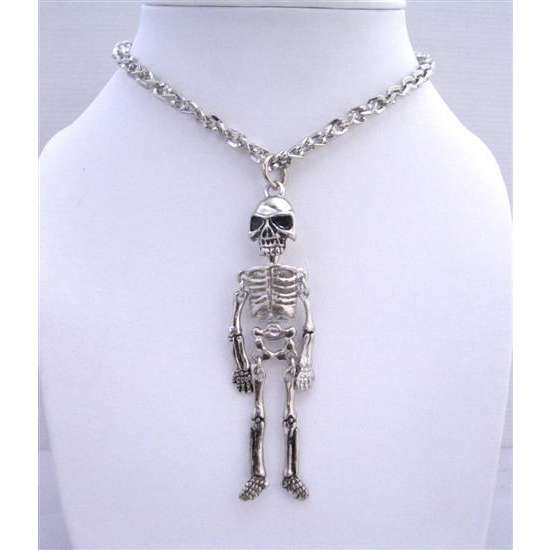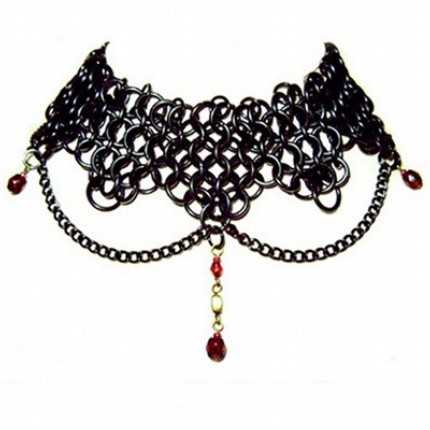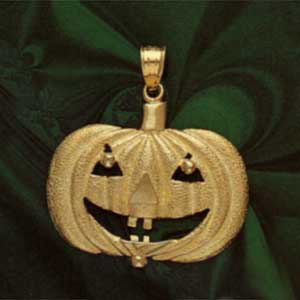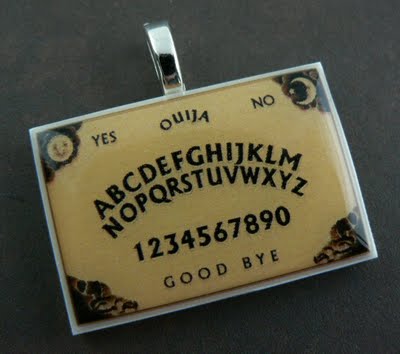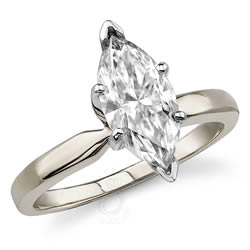50 Cool Things about being a Jeweler
I discovered this a few days ago and just had to share. So many of the points this jeweler makes are true. It really is very gratifying being a Scottsdale-based jeweler and a third generation jeweler at that. My family has brought a lot of happiness to other people and for that, I will be eternally proud:
Selling that first piece of jewelry to a 13-year-old boy for $25 or less, for his first girlfriend. There’s nothing like witnessing the innocence and generosity of youth through older eyes.
People thinking all jewelers are rich and successful. They are wrong, but it feels good anyway.
Being the hit of any party. Everybody is curious and wants “the scoop” on their jewelry or they want me to tell their spouse what they want for a gift!
Knowing everyone in town.
On Christmas morning, HUNDREDS of folks squeal with delight opening boxes with my name on it!
Helping young men pick out engagement rings when they are so terrified they can barely speak.
You can tell all the fakes in the room!
That feeling you have when a piece is finished and it SINGS!
You can fix your kids toys at the store!
I am a goldsmith and it’s a lost art…. but its ancient and important and spiritual to represent events in a person’s life in an object of precious material.
Being able to say, “I made that!”
Seeing the look of joy on a customer’s face when they see something very special we have produced for them the very first time.
Meeting artists and designers and traveling to shows
The respect that comes with being a third-generation businessperson.
Working with some of the most awesome materials in God’s creation.
Always having the best jewelry on at any party.
All day long being surrounded by beauty.
Being able to hold thousands of dollars worth of diamonds in the palm of your hand.
The fact that as long as that door is open, you are one sale away from a great day.
Getting to see the new stuff first.
Working with my family.
Pretty women having fun.
You can travel pretty much anywhere in the world on business.
Wholesale jewelry for the wife.
Getting wedding pictures, and then baby announcements in the mail with a thank-you note addressed to the staff.
The True Tales.
The variety of things in my day from crunching numbers to design
That we have so much room to grow and change constantly. That’s what I love. It never gets old.
Giving service for free to clients who don’t expect it just to let them know that you do really value their business.
Looking down ladies tops, as they lean over the counter.
The trust people place in you and how they tell you everything so easily, as if you are their closest friend.
We get to see people at their happiest.
Helping show someone how much they are loved.
I get to make people happy just about every day I open the doors. I am associated with positive life events (births, weddings, birthdays). So usually when people think of me, they smile!
Imagining what the recipient will say/do when they receive the gift.
When you make a quality piece of jewelry you know it is going to be cherished for years, likely beyond my own life.
Being an important player in life’s most significant events for the fine folks who walk through our door everyday! 50 years from now they’ll still remember where and who they got their engagement ring and wedding bands from.
Being one of only three people that know what exciting (engagement) news
When Grams comes in with her grandchildren to show them where to get their jewelry because this is where Gramps shops.
Hearing great gossip.
Helping the people who have come up from nothing and have achieved prosperity. It’s inspiring.
Educating the consumer about diamonds, sapphires, rubies etc….
We get to hear all of the great romance stories when people are considering buying that very special gift to celebrate that very special occasion.
All the love we get to see.
Being invited to a client’s wedding.
The guy with no idea, who only spends a little but I know he is so proud that “he has a gift.”
When I run into a customer and they make a big fuss over me and tells everyone that I am their personal jeweler — even if it is only in the grocery store.
Getting to wear inventory.
Always having something to talk about with the ladies
Selling things that no one needs. If you come into my store — you 100 percent want to be here.
Source: InStoreMag.com










